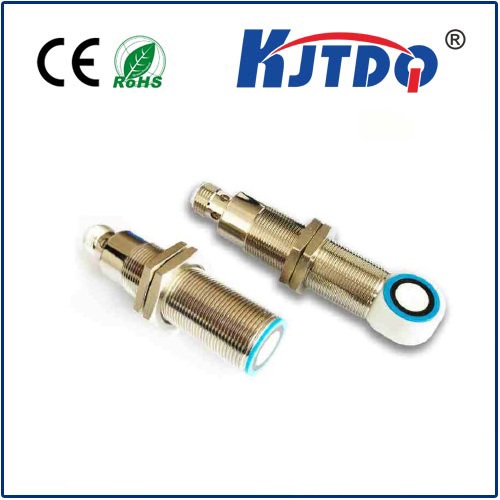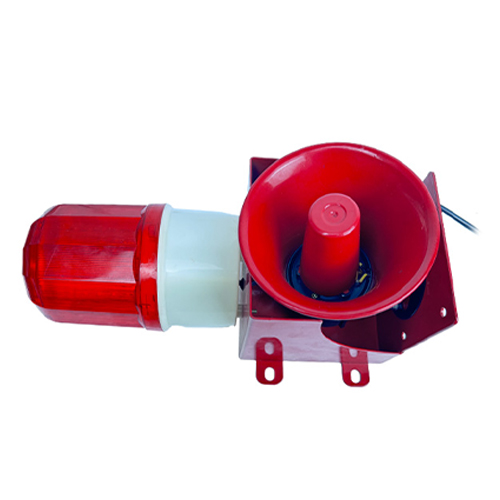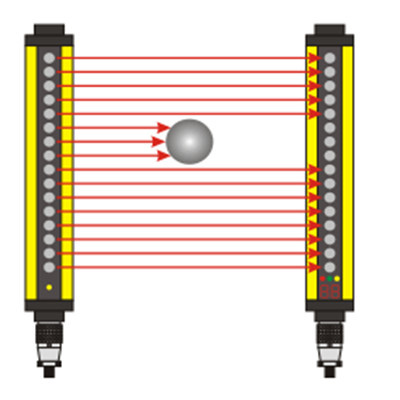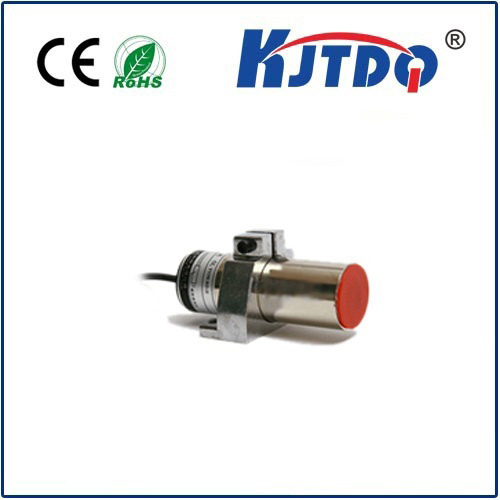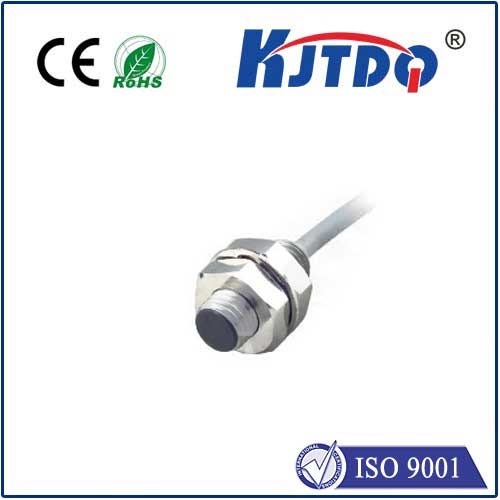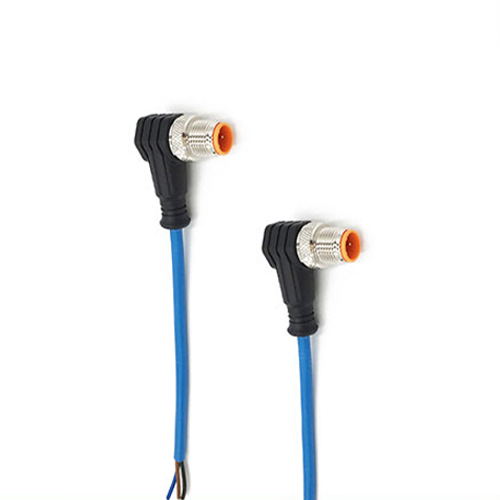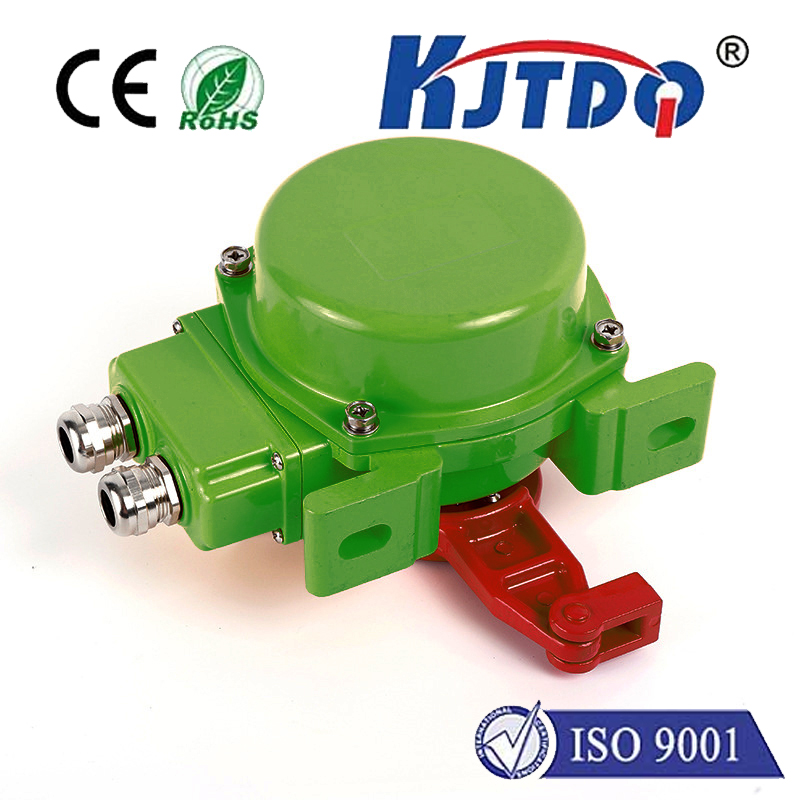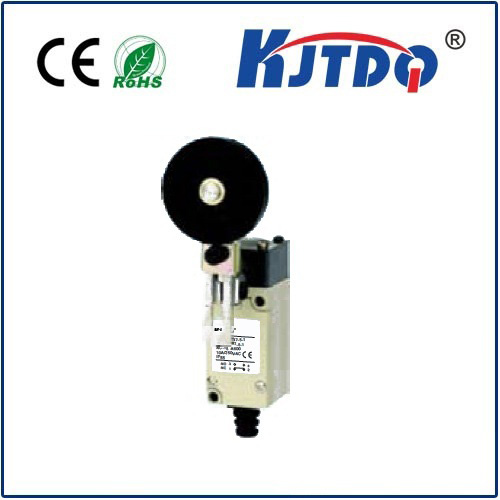выключатель ограничения мощности
- time:2025-08-07 02:56:48
- Нажмите:0
Power Limit Switches: Essential Guardians Against Electrical Overload
Imagine a critical motor in a manufacturing line humming away. Suddenly, a bearing seizes or a conveyor jams. The motor strains, its electrical draw surging dangerously high. Without intervention, this scenario could spell disaster: winding meltdowns, fires erupting, or catastrophic damage to expensive equipment, leading to costly downtime and safety hazards. The silent sentinel preventing this cascade of failure is often the *power limit switch*. This crucial device acts as an unsung hero, constantly monitoring electrical load and stepping in decisively to disconnect power before overloads cause irreversible harm.
At its core, a выключатель ограничения мощности is an electromechanical safety device designed to monitor electrical current flowing through a circuit. Its primary function is to detect when power consumption exceeds a predetermined safe threshold (the “limit”) and automatically open the circuit, cutting off the power supply. This swift action halts the overload condition, protecting both the connected machinery and the electrical infrastructure itself from damage due to excessive heat or stress.
How Does a Power Limit Switch Operate?
The mechanism typically involves a current-sensing element, often a bimetallic strip or an electromagnetic coil, integrated within the switch. As current flows through the circuit:
- Current Sensing: The current passing through the device heats the bimetallic strip or generates a magnetic field proportional to the current strength in the coil.
- Threshold Comparison: This physical effect (heating causing bending or magnetic force building) is calibrated to correspond with the preset safe current limit. Think of it as the switch “feeling” the electrical load.
- Tripping Action: When the sensed current exceeds the safe threshold for a sufficient duration (often adjustable to prevent nuisance trips from brief surges), the physical mechanism triggers a mechanical trip. This action physically forces the switch’s contacts to open, breaking the electrical circuit.
- Power Interruption: With the circuit open, power flow stops instantaneously, halting the overload condition.
- Manual Reset: Crucially, most power limit switches feature a manual reset mechanism. After tripping, the switch remains open until an operator physically resets it. This is a vital safety feature – it prevents the circuit from automatically re-energizing, allowing time to diagnose and address the root cause of the overload (like clearing a jam or fixing a mechanical fault) before restoring power. Automatic resetting without human intervention could lead to repeated, damaging overloads.
Key Features and Applications

Understanding these core characteristics highlights why power limit switches are indispensable across industries:
- Adjustable Trip Settings: Many models allow precise calibration of the current threshold, making them adaptable to protect diverse motors and loads.
- Прочная структура: Designed for demanding industrial environments, offering resistance to shock, vibration, dust, and moisture.
- High Breaking Capacity: Capable of safely interrupting high fault currents without sustaining damage themselves.
- Fail-Safe Design: The inherent nature of the mechanism (thermal/magnetic) means it functions even without auxiliary power. If the power goes crazy, the switch still trips.
- Clear Visual Indication: Often features a flag or button that clearly shows when the switch has tripped.
Power limit switches are fundamental safety components in countless applications:
- Motor Protection: Safeguarding motors in pumps, compressors, conveyor belts, fans, machine tools, and HVAC systems from overload and burnout.
- Machine Guarding: Integrating with safety systems to cut power when guards are opened or hazardous conditions are detected.
- Process Control: Preventing overloading in electro-mechanical actuators, winches, hoists, and material handling systems.
- Transformer Protection (Smaller Units): Preventing overloads in control transformers or small distribution transformers.
- High-Inrush Load Management: Protecting circuits supplying equipment with high startup currents, ensuring sustained overload doesn’t occur after startup.
Selecting the Right Power Limit Switch
Choosing the appropriate switch is critical for effective protection and system reliability. Key considerations include:
- Rated Operational Current: Must match or exceed the normal operating current of the protected load.
- Trip Current Setting Range: Needs to cover the desired overload threshold, typically set slightly above the full load ampere (FLA) rating of the motor or device.
- Breaking Capacity: Must be sufficient to handle the maximum prospective short-circuit current at its installation point.
- Environment: Consider temperature extremes, humidity, presence of chemicals, dust, and vibration; choose an enclosure rating (like IP54, IP65) and construction material suitable for the conditions.
- Reset Type: Manual reset is standard for safety; understand if any specific application requires a different type.
- Certifications: Look for relevant safety standards compliance (e.g., UL, IEC, CE).
Installation and Maintenance: Ensuring Reliability
Proper installation by qualified personnel is paramount. This includes correct wiring according to diagrams, secure mounting, appropriate torque on terminals, and setting the trip level accurately using calibrated instruments. Incorrect settings render the protection ineffective or cause disruptive nuisance tripping.
While generally robust, regular inspection and simple maintenance ensure longevity and reliability:
- Visual Checks: Look for signs of physical damage, overheating (discoloration), or contamination.
- Operational Test: Periodically simulate an overload (using approved methods on de-energized equipment if possible) to verify the trip and reset mechanisms function correctly.
- Connection Integrity: Ensure terminal connections remain tight and corrosion-free.
- Environmental Monitoring: Keep vents clear and ensure the operating environment remains within specified limits.
The Critical Role in Safety and Uptime
Power limit switches are not mere components; they are fundamental safeguards. They provide a critical layer of active protection against a prevalent threat: electrical overload. This protection translates directly into:
- Повышение безопасности: Dramatically reducing the risk of electrical fires and equipment explosions caused by overheating.
- Equipment Longevity: Preventing costly damage to motors, drives, transformers, and wiring insulation, extending asset life.
- Reduced Downtime: By preventing catastrophic failures, they minimize unplanned production stoppages and associated repair costs. A tripped switch signals a problem to fix, often preventing a far larger, more expensive breakdown.
- Operational Reliability: Ensuring machinery operates within its safe design parameters.
In the intricate dance of industrial automation and power distribution, where currents flow and machines exert force, the выключатель ограничения мощности stands as a vigilant guardian. Its simple yet effective principle – sensing excess power and decisively cutting it off – underpins the safety, reliability, and efficiency of operations worldwide. Implementing and maintaining these devices correctly is not just good practice; it’s an essential investment in protecting personnel, assets, and productivity. They are the ultimate fail-safe against the destructive force of runaway electricity, silently ensuring operations can restart safely after the underlying issue is resolved.

